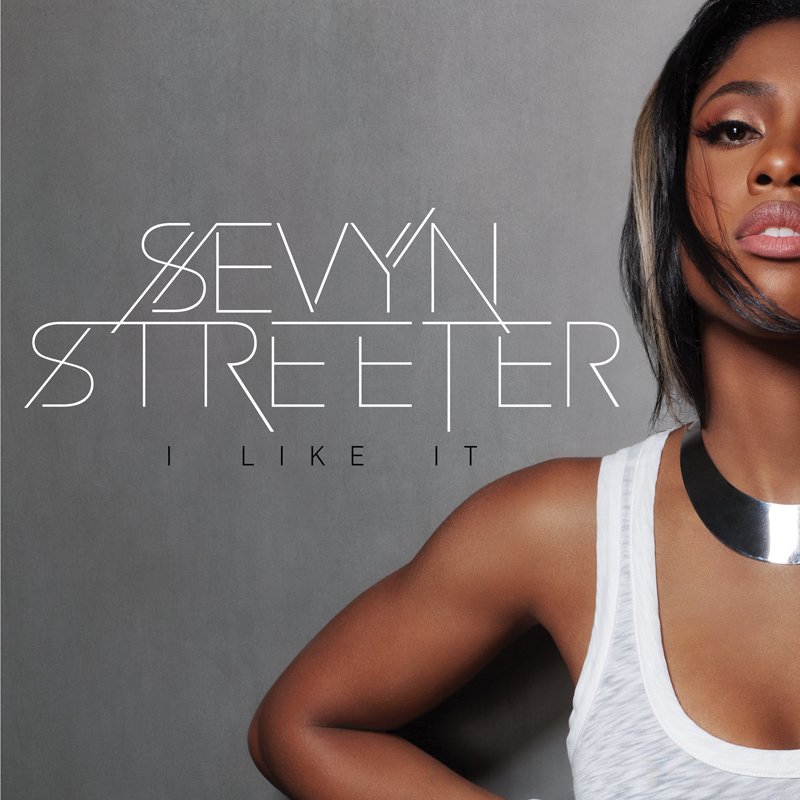If you buy some thing from a Polygon back link, Vox news may make a percentage. Discover all of our ethics declaration.
Show All sharing options for: Adventure times challenged cartoons’ Girly Girl alongside woman stereotypes
For those of a certain generation, developing up feminine implied it absolutely was difficult to get characters like your self on monitor. Women in cartoons weren’t just rare, but most from the exciting, popular cartoons and children’s programs merely have one token woman fictional character available. There are conditions compared to that guideline, usually in programs designed particularly for babes, which typically only showcased several men. But concerts for “everyone” (meaning reveals advertised to young men) frequently shoehorned within one lady to attract potential female watchers.
Adventure opportunity could’ve easily lower their central female figures to outdated tropes, but alternatively, originator Pendleton Ward along with his teams out of cash the shape with Princess Bubblegum and Marceline the Vampire Queen. The 2 women bring obvious, specific characters unrelated for their own womanliness, but they additionally discuss a meaningful and amazingly intricate connection, one which ended up being absent from show’s original pitch. Both were initially expected to posses a straightforward friendly competition, but article authors regarding the program pushed for the to progress into a yearning, centuries-spanning relationship.
The Adventure opportunity special Adventure energy: Distant Lands – Obsidian centers specifically on Bubblegum and Marceline. The special, which introduces on HBO maximum on Nov. 19, dives within their romance’s history, present, and upcoming, marking a section for those figures and their commitment, one which’s currently conquer many years of objectives associated with feminine fictional character archetypes.
There clearly was normally just one woman
The technology of a single girl personality in a cast was called the “Smurfette Principle” by blogger Katha Pollitt in, named for any European comic strip that for quite some time presented a cast with one hundred male characters and a single anomalous women. While cartoons truly possesn’t come really the only way to obtain limited, stereotyped feminine characters, they transformed it into a really obvious and chronic complications.
Whilst the boys in an average cartoon cast got distinct characters — the best choice, the smart one, the edgy one, the comical therapy — the token girl’s identity is often “is feminine.” She’d have actually a hair bow, or put red, and she’d normally end up being concentrated on relatively petty problems like appeal or trends. At best, it had been trivial characterization, aesthetic alternatives which had nothing to do with individuality. At worst, the woman femininity got considered things grating, something some other, a weakness, a shallowness. She was a glaring exception toward masculine norm. This lady appeal undermined the male companionship.
Often that meant she had been the thing of need, while the men would vie to inspire this lady. At other days, she’d become stick in the mud or a distraction, some kind of disruption towards boy’s nightclub, and a hindrance towards purpose at hand. As Pollitt penned, “Boys would be the standard, girls the variety; males is central, ladies peripheral; young men become people, women sort. Young men define the class, the facts and its code of values. Girls exist just in terms of males.”
This trope is not limited by days gone by, though undoubtedly old flicks and concerts are far more responsible for it. There’s lose Piggy, the eye-catching, ego-centric diva and only major female figure in extreme cast of loveable male buffoons. Even though Sesame Street’s throw of people balanced men and women characters, the tv series did not maintain a prominent feminine Muppet until 1993, when pink-tutu-clad Zoe arrived. (That’s since already been rectified, with repeated figures like Abby Kadabby and also the beast Rosita.) Looney Toons and Disney toons identical seldom annoyed with female characters unless these people were the girlfriends or backgrounded feminine equivalents of these male characters, from Minnie Mouse and Daisy Duck to Lola Bunny, who had beenn’t released until area Jam. And more lately, there’s Skye, the sole female dog in ever-popular Nick Jr. series Paw Patrol, who is  equipped completely in pink, the actual fact that the girl man relief dogs wear apparel that relate genuinely to their unique specific vocations.
equipped completely in pink, the actual fact that the girl man relief dogs wear apparel that relate genuinely to their unique specific vocations.

